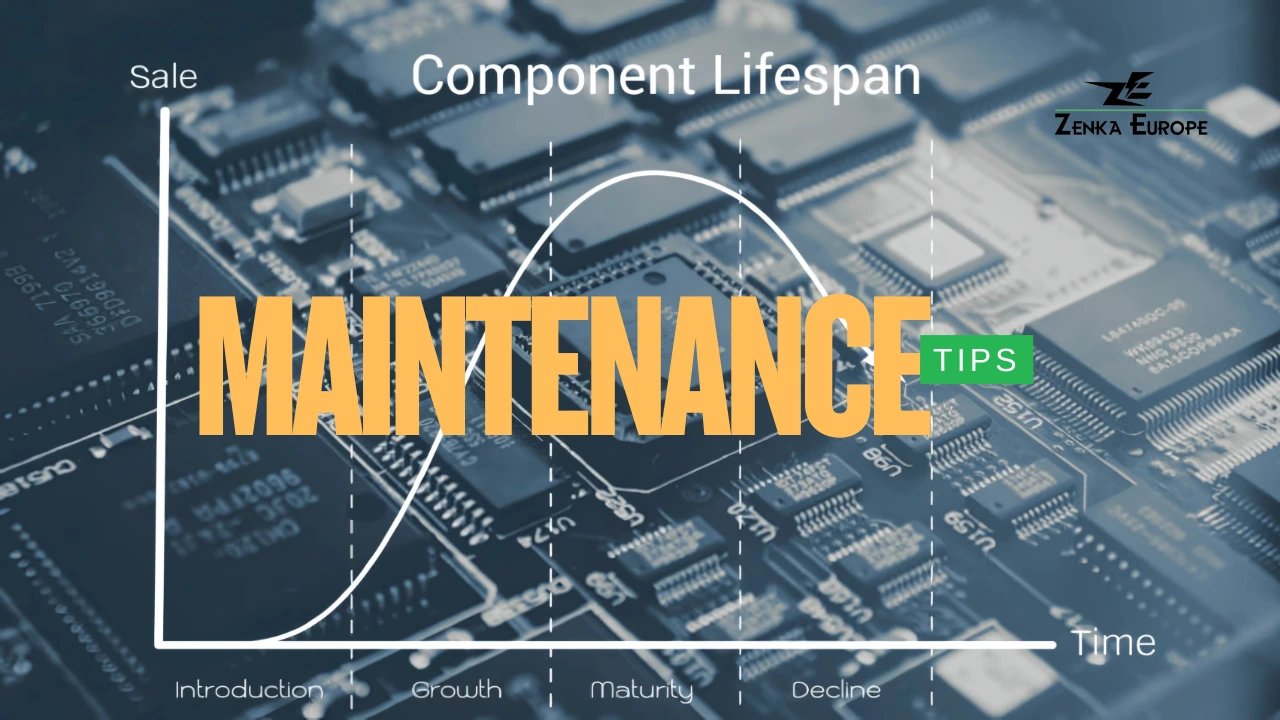The durability and robustness of electronic components play a crucial role in the success and cost-effectiveness of projects. Ensuring the longevity of these components requires strategic design choices, proper assembly techniques, and consistent maintenance. Here are essential tips to help you maximize the lifespan of your electronic components.
1. Design Choices for Longevity
Selecting the right components during the design phase sets the foundation for long-lasting systems.
Key Considerations:
- Material Quality: Choose components made from high-quality, durable materials for reliable, long-term operation.
- Environmental Resistance: Opt for components with temperature tolerance, vibration resistance, and protection against environmental factors such as dust or moisture.
- Specifications Matching: Ensure the selected components meet or exceed the requirements of your project to avoid stress and premature failure.
2. Correct Assembly Techniques
Proper assembly is critical to ensuring secure connections and reliable system performance.
Best Practices:
- Soldering Quality: Use high-quality soldering materials and techniques to create strong, reliable connections.
- Professional Equipment: Employ appropriate tools and equipment for precise assembly, minimizing the risk of damage during installation.
- Avoid Overstress: Handle components carefully to prevent stress or damage to delicate parts during assembly.
3. Maintenance and Cleaning
Regular maintenance and cleaning are essential to preserve the functionality and reliability of components over time.
Tips for Maintenance:
- Dust and Contaminant Removal: Periodically clean components to remove dust, oil, and other contaminants that can impair performance.
- Moisture Prevention: Use desiccants or protective coatings to safeguard components from humidity and corrosion.
- Inspection Routine: Conduct regular inspections to identify potential issues early and address them before they escalate.
4. Managing Environmental Factors
Environmental conditions such as temperature, humidity, and vibration can significantly impact component longevity.
Protective Measures:
- Cooling Systems: Implement efficient cooling solutions, such as fans or heat sinks, to prevent overheating.
- Humidity Control: Use enclosures with moisture barriers or humidity regulators to protect against damp conditions.
- Anti-Vibration Solutions: Apply vibration dampeners or shock absorbers to reduce the risk of mechanical stress.
5. Regular Software Updates
Keeping the software in electronic systems up to date can also contribute to component longevity.
Why It Matters:
- Bug Fixes: Updates often address software vulnerabilities that could impact hardware performance.
- Optimization: Performance improvements in software can reduce stress on components, enhancing their efficiency and lifespan.
- Security: Regular updates protect systems from cybersecurity threats that could compromise hardware.
The Importance of Longevity
Extending the life of electronic components enhances the success of projects by reducing costs associated with repairs and replacements. Reliable components ensure smooth operation, minimize downtime, and improve overall system efficiency.
By implementing the design, assembly, maintenance, and environmental control tips shared above, you can maximize the lifespan of your components and achieve long-term success in your projects.
Final Thoughts
The longevity of electronic components doesn’t happen by chance—it’s the result of informed decisions, proper techniques, and consistent care. With the right design choices and proactive maintenance, you can create systems that stand the test of time.
Stay tuned for more expert advice on electronic components and systems. Let’s work together to build durable, reliable, and efficient solutions!
